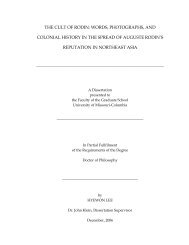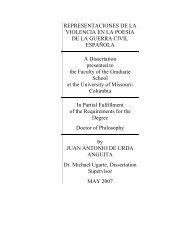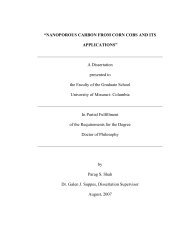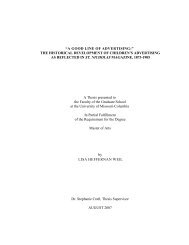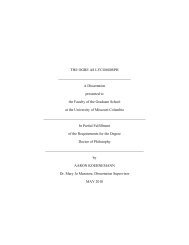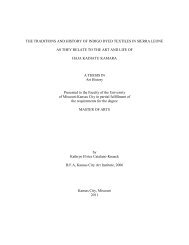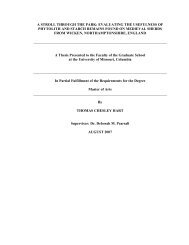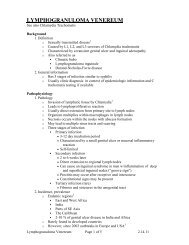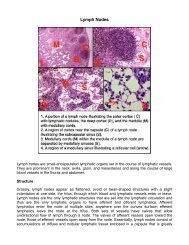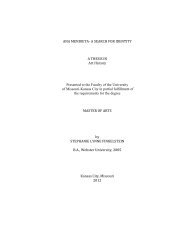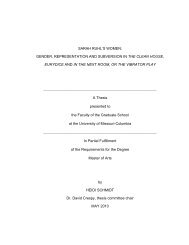Social Construction of Reality - Bad Request
Social Construction of Reality - Bad Request
Social Construction of Reality - Bad Request
You also want an ePaper? Increase the reach of your titles
YUMPU automatically turns print PDFs into web optimized ePapers that Google loves.
Short interviews. Development <strong>of</strong> questions for the short interviews (Appendix E)<br />
was guided by issues raised during the first long interview with the primary user. Other<br />
stakeholders were defined as the Superintendent’s Cabinet. In addition to the<br />
superintendent, the cabinet consists <strong>of</strong> the eight administrators who lead the district’s<br />
chief areas <strong>of</strong> service: Curriculum, Instruction, and Assessment; Elementary Education;<br />
Secondary Education; Human Resources; Community Relations; Finance; Special<br />
Education; and Technology and Operations. These interviews took approximately 20<br />
minutes and were digitally recorded, as per Seidman (2006) and then transcribed by the<br />
research assistant. Member checking <strong>of</strong> the transcripts occured. Revisions were made, if<br />
called for, as a result <strong>of</strong> the member check.<br />
Electronic survey. Feedback from stakeholders and the process <strong>of</strong> the Delphi<br />
technique informed the development and implementation <strong>of</strong> questions for the electronic<br />
survey (Appendix F). The Delphi technique “aggregates the judgments <strong>of</strong> a number <strong>of</strong><br />
individuals through a series <strong>of</strong> [questions]…to which individuals respond anonymously”<br />
(Garavalia & Gredler, 2004, p. 377). The conceptual underpinnings <strong>of</strong> objectification,<br />
instituationalization, and legitimation acted as a filter, serving to categorize the emergent<br />
data within the survey, which was constructed using Fink’s (2006) steps for surveys. The<br />
survey was powered by Survey Monkey (2008), which is approved by MU IRB for<br />
research purposes. In addition to the written informed consent form, the email invitation<br />
to participate in the electronic survey included assurances <strong>of</strong> confidentiality (Appendix<br />
H).<br />
Follow up review <strong>of</strong> literature. Process use surfaced as an unanticipated emergent<br />
theme. A secondary review <strong>of</strong> literature was undertaken to shed light on the implications.<br />
52



